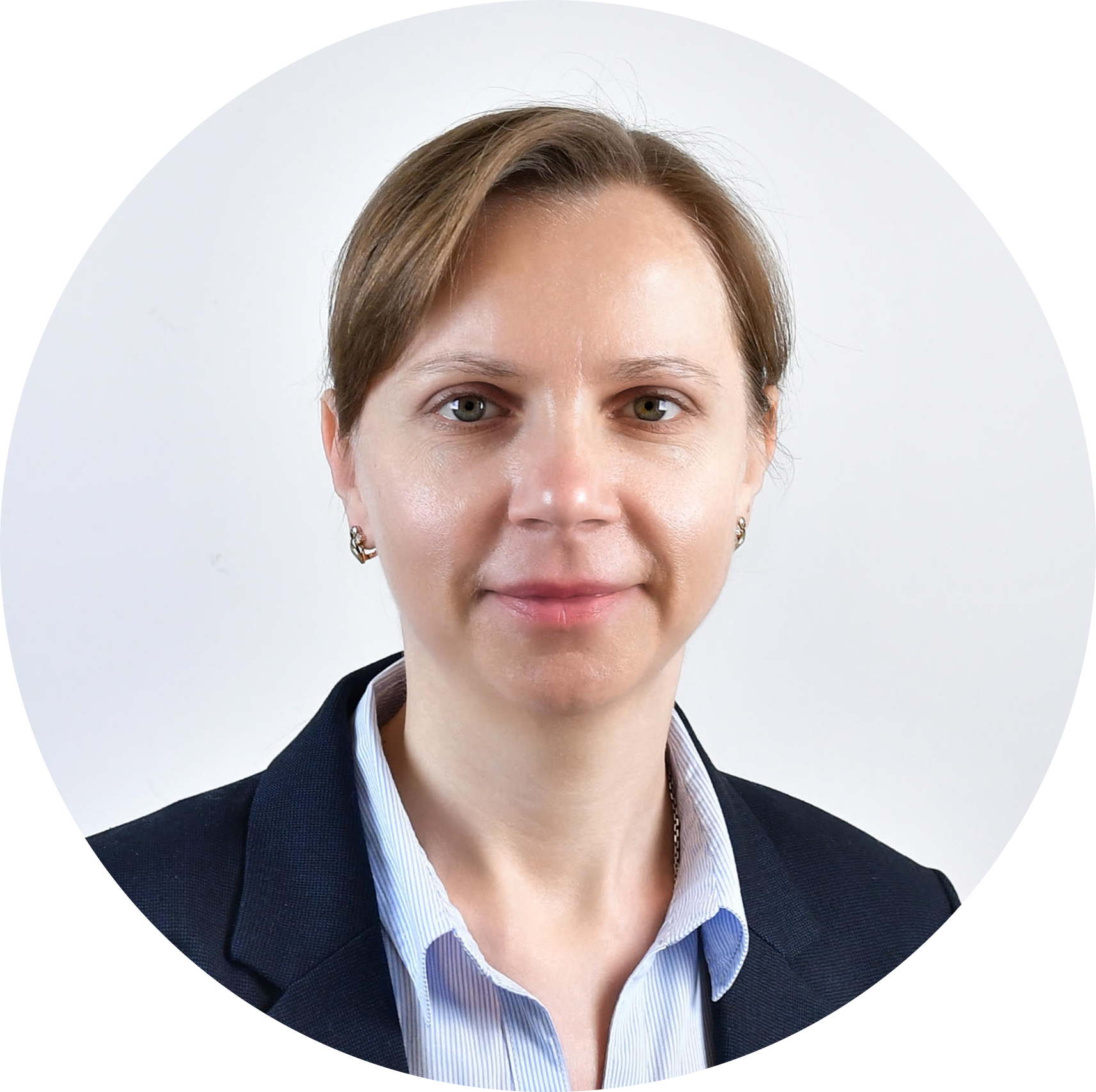SNF Project: Information-theoretic forensic physical object
identification
People
-

Sviatoslav Voloshynovskiy
Head of the SIP group
-

Olga Taran
PhD student
-

Shideh Rezaeifar
PhD student
1. Lead
Modern societies consume enormous quantities of various products that are produced, manufactured, delivered and distributed at different geographical locations. Some products have a certain value associated either with its luxury expression or life importance, e.g., pharma and life-care products. Due to these reasons, there are always individuals or even companies that aim to benefit from the established reputation of famous brands by producing look-alike or even high-quality forged objects. The market loss and brand reputation not withstanding, counterfeited products such as fake pharmaceuticals are simply dangerous. Naturally, the end consumer has a vested interest in knowing exactly what he/she buys and consumes. As such there is a great interest in the development of physical object identification technologies allowing fast and accurate object identification by end users without any special equipment or know-how on how to differentiate a genuine product from a counterfeited one.
2. Aims of the research project
Our main goal is to extend and further develop a new information-theoretic framework for physical object identification in the high-dimensional space of forensic features and apply it to practical systems. This goal will be achieved based on a novel interpretation of links between the encoding techniques, machine learning and forensic identification, which will be theoretically introduced and explored in this project. More particularly, in the scope of this proposal, we will investigate the following subjects: (s) information-theoretic analysis of physical object identification performance, complexity and memory storage; (b) creation and enrollment of databases of original and fake objects and (c) practical implementation, optimization and validation.

